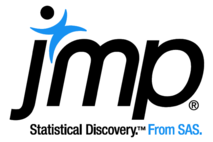QPRC 2016
Assurance Testing for Reliability
Alyson Wilson
North Carolina State University
Abstract
Reliability is an essential element of system suitability. However, in the current era of smaller budgets and increasing reliability requirements, it is challenging to demonstrate reliability requirements using a single test. This talk illustrates the benefits of using statistical models to combine multiple sources of information in the assessment of system reliability. In addition to demonstrating reliability, combining information from multiple tests can also be used to help with test planning. Although practitioners often use assuring and demonstrating synonymously, statisticians distinguish between reliability demonstration and reliability assurance testing. A traditional reliability demonstration test is essentially a classical hypothesis test, which uses only the data from the current test to assess whether the reliability-related quantity of interest meets or exceeds a requirement. Many modern systems, such as communication devices, transportation systems and defense systems, are highly reliable and extremely complex. For these systems, reliability demonstration tests often require an impractical amount of testing. In response to this dilemma, we can consider an alternative reliability assurance test as one that uses additional supplementary data and information to reduce the required amount of testing. The additional data and information may include appropriate reliability models, earlier test results on the same or similar devices, expert judgment regarding performance, knowledge of the environmental conditions under which the devices are used, benchmark design information on similar devices, prior knowledge of possible failure modes, etc. Developing of this kind of reliability assurance testing strategy requires principled methods for combining information. I will illustrate these ideas with case studies.





